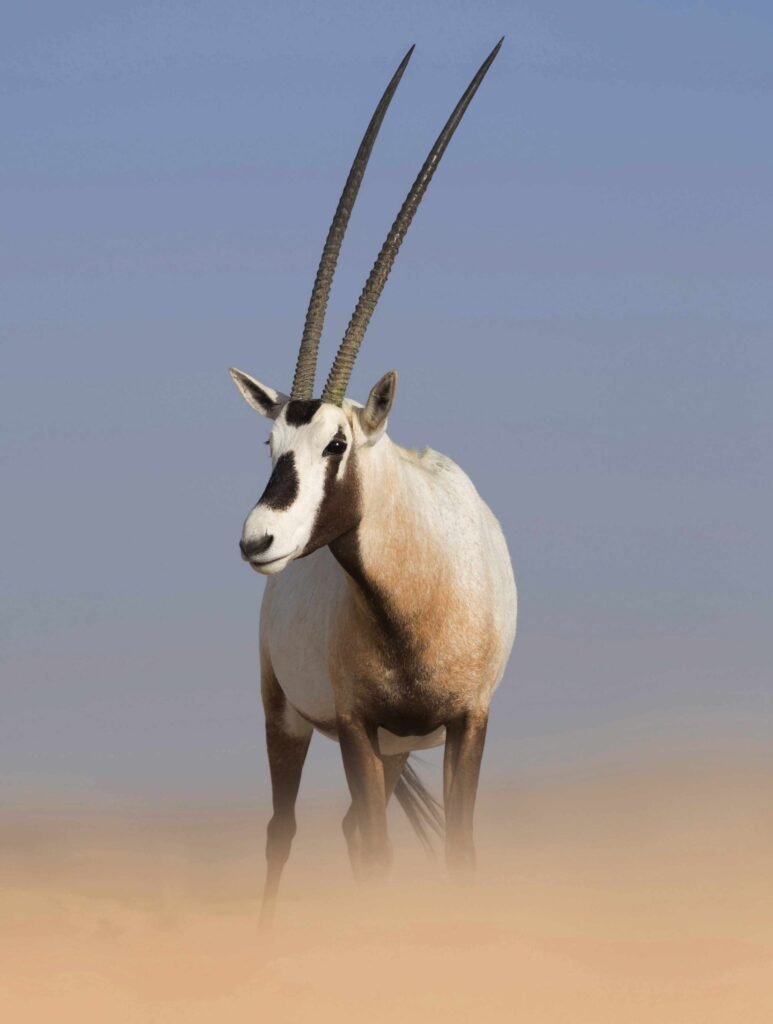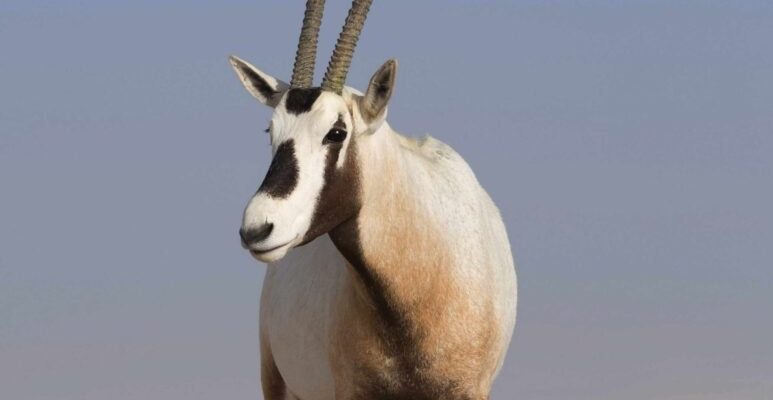
So, what’s the story behind the oryx? Imagine a time when these animals roamed much broader territories than they do today. As the world changed, so did they. Understanding their evolutionary history offers insights into not just the oryx but also the challenging landscapes they call home. Let me take you on a journey through time, as we explore how these unique antelopes evolved to thrive in some of the harshest conditions on Earth.
The Origins of the Oryx
The story of the oryx begins millions of years ago in Africa and parts of the Arabian Peninsula. These animals belong to the Bovidae family, which includes other familiar friends like cows and sheep. The oryx is a member of the genus *Oryx*, and there are four recognized species: the Arabian oryx, the gemsbok, the East African oryx, and the beisa oryx. Each species has adapted to its specific habitat, showcasing the wonders of evolution.
Around 20 million years ago, the ancestors of today’s oryx began to diverge from other antelope species. As they evolved, they developed unique features such as long, straight horns and a robust body built for endurance. These adaptations are crucial for survival in their often arid environments—think of them as nature’s version of high-powered performance vehicles designed for the rugged terrain of deserts.
As climates changed and habitats shifted, oryxes followed the changing landscapes. They migrated across vast distances in search of food and water, displaying a remarkable ability to adapt to diverse conditions. You might be wondering how these animals manage to thrive in such harsh climates—here’s the thing: they’ve evolved to cope with extreme heat and scarce resources, making them incredibly resilient.
Distinct Adaptations for Survival
What makes the oryx such a fascinating creature is its impressive adaptations for survival. With temperatures soaring in their habitats, oryxes have a unique way of managing heat. For example, their bodies can tolerate dehydration better than most mammals. They can lose up to 25% of their body weight from water loss before feeling the effects. Talk about tough!
Another remarkable trait of the oryx is its ability to lower its body temperature. During the heat of the day, they can allow their body temperature to rise, which minimizes sweating and conserves water. Imagine walking around in the desert heat and finding out that you can adjust your internal thermostat—now that’s an impressive survival tactic!
Additionally, their long legs and swift movements allow them to cover great distances in search of food. Oryxes mainly feed on grasses, leaves, and shrubs, which can be scarce in their dry habitats. Their keen eyesight and acute sense of smell help them find the resources they need, proving that being resourceful is key to survival.
The Role of the Oryx in Ecosystems
Oryxes play a vital role in their ecosystems, acting as herbivores that help maintain the balance of plant life. By grazing on various types of vegetation, they prevent overgrowth and promote biodiversity within their habitats. This grazing pattern is similar to what you’d see with domestic livestock but is executed by these wild wonders in a much more controlled manner.
Moreover, oryxes serve as prey for large predators like lions and hyenas. This connection is essential to the food web, where each species contributes to the health of the ecosystem. By participating in this balance, oryxes help sustain a variety of life forms within their environments.
Their presence also signals the health of their habitats. When oryx populations thrive, it often indicates that the ecosystem is in good shape. However, if numbers begin to decline, it can be a warning sign of environmental issues, just like canaries in coal mines alerting miners to danger. This highlights the importance of conserving their populations and understanding the intricacies of their existence.
Threats and Conservation Efforts
Unfortunately, oryxes have faced significant threats over the years. Habitat loss due to human encroachment, hunting, and climate change have dramatically impacted their populations. The Arabian oryx, for instance, was once declared extinct in the wild in the 1970s due to overhunting and habitat destruction. It’s a stark reminder of how fragile the balance can be.
Conservation efforts have made a significant difference, though. With dedicated programs focusing on habitat restoration and protection, populations of the Arabian oryx have been reintroduced into their natural habitats. These initiatives show that with the right strategies, we can help restore the populations of these beautiful creatures.
The challenge is ongoing. As climates change and human populations grow, oryxes continue to face obstacles. Conservationists are constantly working to protect them and their habitats, and there’s still much to learn about their needs. Engagement from local communities and global support can play a crucial role in their survival.
Comparisons with Other Antelope Species
When we think about oryxes, it’s interesting to compare them to other antelope species. For example, while both the oryx and the gazelle have adapted to living in arid environments, their approaches differ. Gazelles tend to be more agile and swift, making them evasive in open terrain. In contrast, oryxes have developed physical traits that make them more robust and capable of enduring harsher climates for longer periods.
Another notable difference is their social behavior. Oryx species usually prefer to live in small herds, often consisting of females and their young, while males might roam solo or form bachelor groups. This social structure differs from other antelope species, such as wildebeests, which gather in large herds for migration.
These comparisons highlight the diversity of adaptations among antelope species. Each has its niche and strategies that help them thrive in their specific environments. Studying their evolutionary paths gives us a deeper appreciation for the variety of life on our planet.
Looking Forward: The Future of Oryx
So, what does the future hold for oryxes? It’s a mixed bag of hope and challenges. While conservation efforts have shown success, ongoing threats still loom large. Climate change poses a significant risk as it alters the landscapes these animals depend on. Water sources may dwindle, and temperatures could rise even further, making survival increasingly difficult.
However, there’s reason to be optimistic. As awareness grows about the importance of conservation and biodiversity, more initiatives are popping up. Communities are rallying to protect their local environments, and organizations are working tirelessly to ensure oryxes and other threatened species get the attention they need.
We can all play a part in this story. Supporting conservation efforts—whether through donations, volunteering, or spreading awareness—can make a real difference. Every action counts, and together, we can help ensure that the oryx continues to roam the landscapes it’s called home for millennia.
As we conclude this exploration of the evolutionary history of the oryx, it’s fascinating to see how these incredible creatures have adapted to survive against all odds. Their journey reflects the resilience of life itself, and understanding their story helps us appreciate the delicate balance of our ecosystems. Let’s continue to advocate for their protection, preserving their legacy for generations to come.

